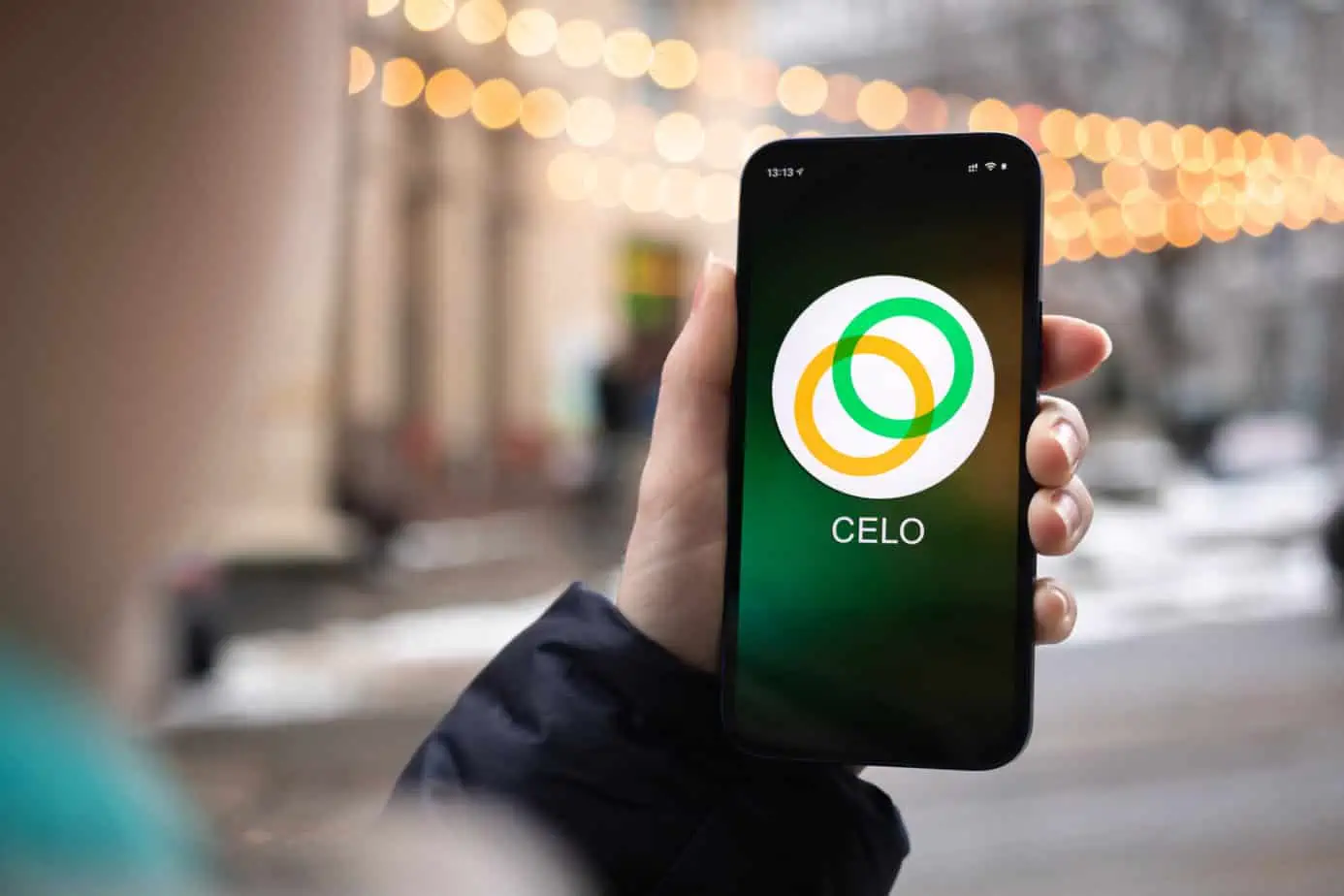Blockchain technology has rapidly grown over the past few years as it allows everyone to randomly transfer funds from one wallet to another. Similarly, the second-generation blockchain platforms have made things a lot easier by allowing users to create decentralized applications on their network.
But some users still face problems with operating a blockchain network because they need to enter the complete wallet address of a user to transfer the payment. And the wallet addresses are long enough that can’t be memorized at all. In this situation, the users need to maintain a list of their wallet addresses to send or receive payment across the blockchain network.
It raises the need for a blockchain network that is easily accessible by everyone. Celo is trying to solve this problem through a unique mechanism.
What is Celo?
Celo is a blockchain platform dedicated to becoming the Whatsapp of Defi as it allows users to transfer funds from one mobile number to another. Moreover, it enables users to build smart contracts and decentralized applications on its platform.
Currently, it’s hosting applications that provide support for universal income schemes and crowdfunding. However, the network will enhance its capacity to build more decentralized applications in the future.
Celo Brief History
Celo was introduced by Marek Olszewski, Rene Reinsburg, and Sep Kamvar (MIT Professor) in 2017. The project became quite popular because Rene and Marek had established a strong network while they were working as executives at GoDaddy.
The team sold around 120 million Celo tokens for $46.5 million through several private and public token sales from 2018 to 2020. Andreessen Horowitz, Social Capital, and General Catalyst are some of the notable investors who invested in this project in the beginning.
The Celo network gradually became a global payment infrastructure that is accessible through mobile devices. The platform became more popular after its hard fork (Donut Hardfork) in 2021. The network managed to build interoperability with bigger blockchain networks like Cosmos, Solana, and NEAR.
It enabled users to transfer different crypto tokens through their mobile devices. Celo team is consistently introducing innovative changes that can provide a better ecosystem for mobile users.
Celo Vs. Other Blockchains
Celo is currently competing with second-generation blockchain platforms like Ethereum and NEAR because it supports decentralized applications and smart contracts. However, the unique thing about Celo is that it’s primarily dedicated to serving mobile phone users.
Celo enables users to pay transaction fees in other crypto tokens if they don’t hold Celo. Celo has an average block time of 5 seconds because it uses a combination of the PoS consensus mechanism and Byzantine Fault Tolerance. Whereas Ethereum has an average block time of 12-15 seconds.
The problem is that relies on external wallets and exchanges due to which the users have some concerns about its decentralization. However, it offers fast transaction speed and low transaction fees as compared to other blockchain networks. So, it has the potential to become a prominent option in the mobile crypto transactions world.
How Does Celo Work?
Celo Network relies on three different participants to smoothly run its operations.
Light Clients – As it’s mentioned, Celo supports decentralized applications. Light clients are the users who send transaction requests on the Celo network through these applications. Celo mobile wallet is the leading application currently used on this platform.
Validator Nodes – These node operators are responsible for creating new blocks within the network after proper validation. Validator nodes need to stake a certain amount of Celo tokens to participate in this process. They have a risk of losing their staked tokens if they validate false transactions.
Full Nodes – These node operators play the role of a mediator between light clients and validator nodes. They transfer the payment requests to validator nodes depending on the amount of Celo tokens locked by the node operator.
The interesting part is that Celo has designed a voting process to appoint the validator nodes. It means the token holders can use their voting power to choose or disqualify a validator node.
Byzantine Fault Tolerance
As it’s discussed already, the Celo network uses a combination of proof of stake and byzantine fault tolerance to secure the platform. The users need to stake 10,000 Celo tokens to qualify for a validator node. And they can only operate a node if other token holders vote in their favor.
Currently, there are 100 validator nodes running on the Celo network. Celo token holders eliminate a node operator through their voting power if they aren’t satisfied with his performance. A small amount of block reward is transferred to the validator nodes for adding new blocks to the network.
Similarly, a small amount of the transaction fees is transferred to full nodes for their participation.
Celo Tokenomics
CELO is the native token of the platform that is used for the network’s governance. The users can also pay CELO tokens as transaction fees. With a circulating supply of 467 million tokens, CELO has a market cap of $363 million. It has a total supply of 1 billion tokens that will be released through a rewarding process.
Celo network has its own stablecoin called cUSD. Celo team uses overcollateralized reserves to maintain the value of its stablecoin. Celo, Bitcoin, and Ethereum are the leading cryptocurrencies they have in the reserves.
Conclusion
Celo is a decentralized platform that allows users to transfer funds from one mobile number to another. It uses a combination of the Proof of Stake consensus mechanism and Byzantine Fault Tolerance to provide a secure ecosystem to the users. Feel free to get in touch with us if you need more information about how Celo works.

